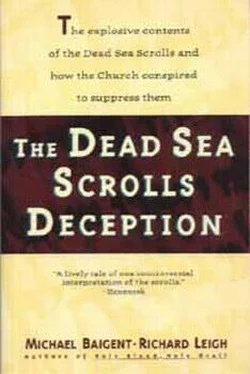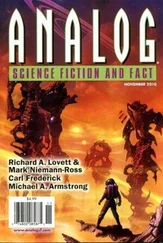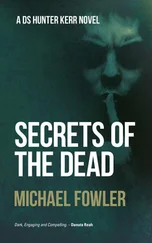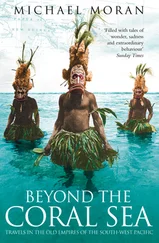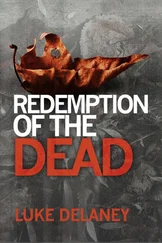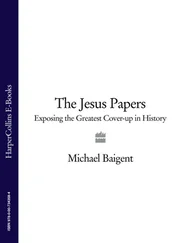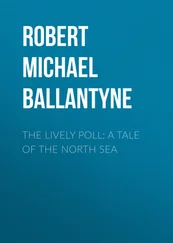As soon as one sets out to study the controversies provoked by the Dead Sea Scrolls, one becomes aware of a certain ‘tension’… But the tension does not all arise from the at first much disputed problems of dating, and the contention about the dating itself had, perhaps, behind it other anxieties than the purely scholarly ones. 1
Wilson stressed how much the scrolls had in common with both rabbinical Judaism, as it was emerging during the 1st century ad, and with the earliest forms of Christianity; and he noted a marked ‘inhibition’, on the part of both Judaic and Christian-oriented scholars, to make the often obvious connections:
One would like to see these problems discussed; and in the meantime, one cannot but ask oneself whether the scholars who have been working on the scrolls — so many of whom have taken Christian orders or have been trained in the rabbinical tradition — may not have been somewhat inhibited in dealing with such questions as these by their various religious commitments… one feels a certain nervousness, a reluctance, to take hold of the subject and to place it in historical perspective. 2
In accordance with scholarly decorum, Wilson is, of course, being tactful, couching a fairly serious charge in the most diplomatic of language. He himself had no compunction about taking hold of the subject and placing it in historical perspective:
If, in any case, we look now at Jesus in the perspective supplied by the scrolls, we can trace a new continuity and, at last, get some sense of the drama that culminated in Christianity… The monastery [of Qumran]… is perhaps, more than Bethlehem or Nazareth, the cradle of Christianity. 3
It is, alas, characteristic and typical of biblical scholarship, and particularly of scholarship associated with the scrolls, that such a connection should be made not by the ‘experts’ in the field, but by an astute and informed observer. For it was Wilson who gave precise and succinct expression to the very issues the international team endeavoured so diligently to avoid.
These imputations about the bias of most biblical scholars were echoed to us personally by Philip Davies, Professor of Biblical Studies at the University of Sheffield and author of two books on the Qumran material. As Professor Davies pointed out, most scholars working with the scrolls were — and, for that matter, still are — Christian-oriented, with a background primarily in the New Testament. He knew a number, he said, whose research sometimes conflicted painfully with their most passionately held personal beliefs, and questioned whether objectivity, in such cases, was really possible. Professor Davies stressed the perennial confusion of theology with history. All too often, he said, the New Testament is taught not just as the former, but also as the latter — as a literal and accurate account of 1st-century events. And if one takes the New Testament — the Gospels and the Acts of the Apostles — as incontrovertible historical fact, it is impossible to do scholarly justice to the scrolls. Christian doctrine, in effect, ‘dictates the agenda’. 4
Because Edmund Wilson was an outsider, the international team could get away with adopting towards him an attitude of patroning condescension. He was too distinguished to be insulted or abused; but he could be ignored, or dismissed superciliously as an intelligent and well-intentioned amateur who simply did not understand the complexities and subtleties of the issues involved, and who, in his alleged naiveté, might make ‘rash statements’. 5It was thus that many scholars were intimidated against saying what they actually believed. Academic reputations are fragile things, and only the most audacious or secure individuals could afford to incur the risk involved — the risk of being discredited, of being isolated by a concerted critical barrage from adherents of the consensus. ‘The scrolls are a fief, Shemaryahu Talmon, himself a prominent Israeli professor in the field, observed; and the scholars who monopolized them were, in effect, ‘a cabal’. 6
Not even such cabals, however, can be omnipotent in suppressing dissent. Edmund Wilson may have been an outsider, but deviation from the international team’s consensus was beginning to surface within the cocooned sphere of biblical scholarship itself. As early as 1950, five years before Wilson’s book, Andre Dupont-Sommer, Professor of Semitic Language and Civilisation at the Sorbonne, had
presented a public paper which caused a sensation. 7He addressed himself to one of the Qumran texts recently translated. It described, he explained to his audience, a self-styled ‘Sect of the New Covenant’, whose leader, known as the ‘Teacher of Righteousness’, was held to be a Messiah, was persecuted, tortured and martyred. The ‘Teacher’s’ followers believed the end of the world to be imminent, and only those with faith in him would be saved. And albeit cautiously, Dupont-Sommer did not shrink from drawing the obvious conclusion — that the ‘Teacher of Righteousness’ was in many ways ‘the exact prototype of Jesus’. 8
These assertions provoked a squall of controversy and protest, Jesus’ uniqueness and originality were held to be under attack, and the Catholic establishment, especially in France and the States, began to unleash its critical artillery. Dupont-Sommer himself was somewhat shaken by the reaction and, in subsequent statements, sought shelter behind more circumspect phraseology. Anyone who might have been inclined to support him was also, for a time, obliged to duck for cover. Yet the seed of doubt had been planted, and was eventually to bear fruit. From the standpoint of Christian theological tradition, that fruit was to be particularly poisonous when it burgeoned amidst the international team themselves, in the very precincts of the Rockefeller Museum’s ‘Scrollery’.
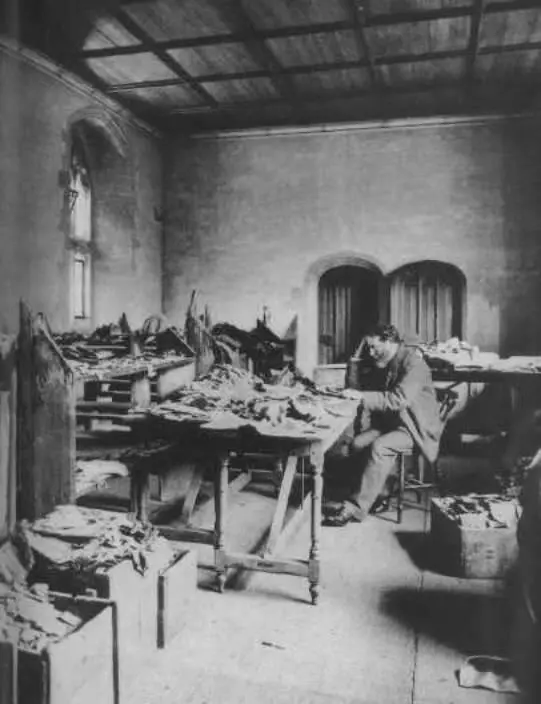
1. Solomon Schecter surrounded by boxes of the manuscripts he obtained from the Cairo geniza in 1896 and brought to Cambridge.
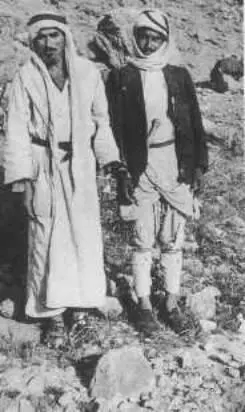
2. Muhammad adh-Dhib, (right) who discovered the first cave of Dead Sea Scrolls.
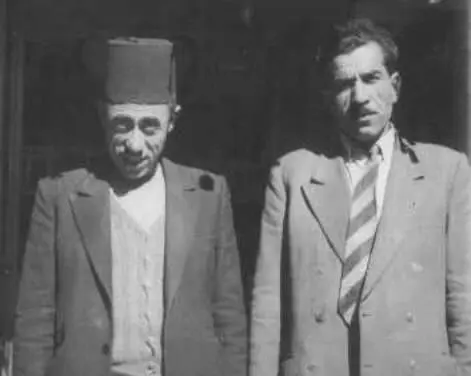
3. Kando and George Isaiah, who first brought the scrolls to the attention of the Metropolitan of the Syrian Church.
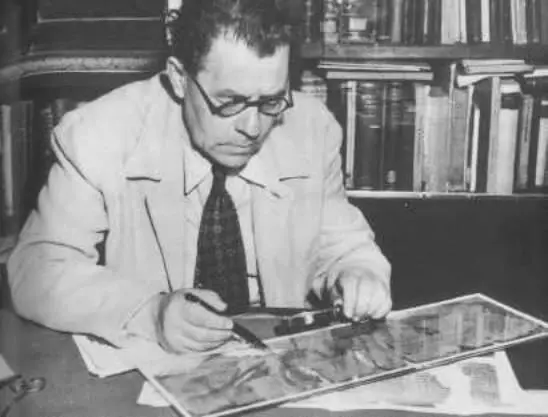
4. Professor Eleazar Sukenik, who in 1947 was the first Israeli scholar to obtain and translate some of the Dead Sea Scrolls.
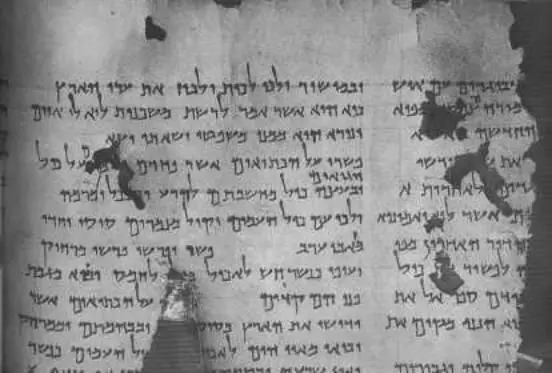
5. A portion of one of the scrolls, the ‘Habakkuk Commentary’, which tells of a battle between the leader of the Dead Sea community and two opponents, the ‘Liar’ and the ‘Wicked Priest’.
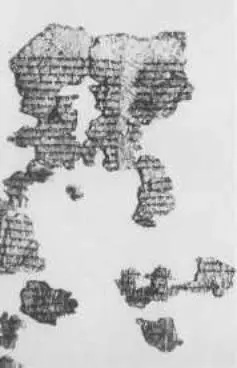

6–7. Examples of scroll fragments purchased from the Bedouin after their identification and arrangement. Few of these thousands of fragments can be pieced together precisely.
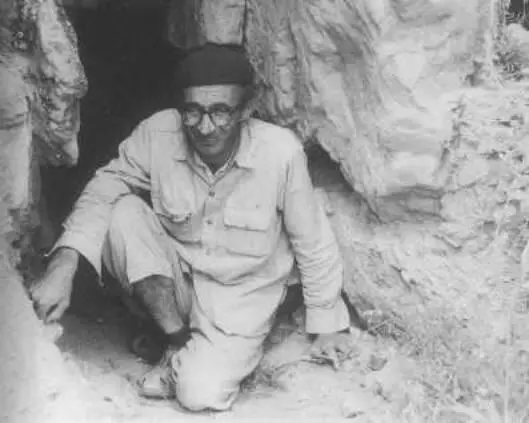
8. Father Josef Milik.
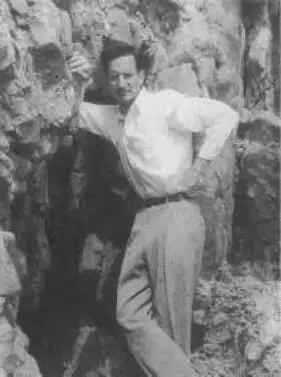
9. Dr Frank Cross.
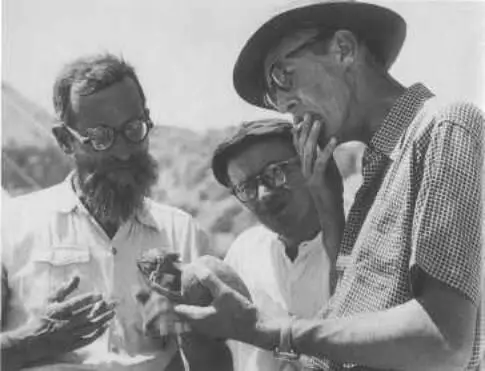
10. Excavations among the Qumran ruins: Father de Vaux and Father Milik with Gerald Lankester Harding of the Department of Antiquities.
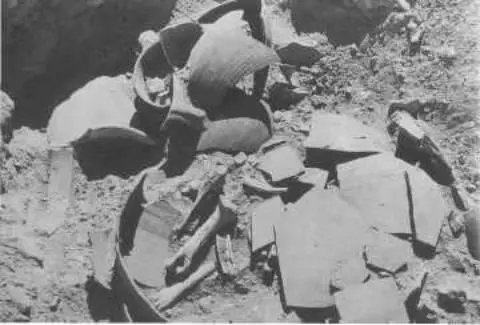
11. One of the pots containing animal bones found during the excavations and never satisfactorily explained. They appear to be the remains of sacred meals.
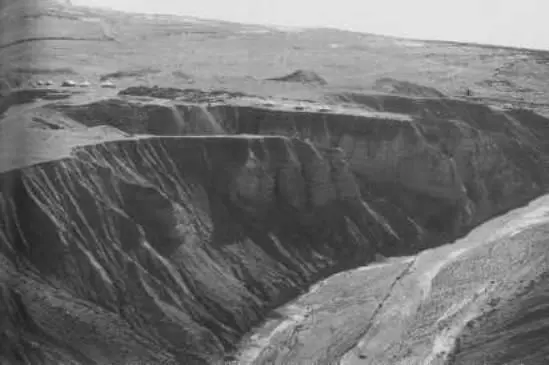
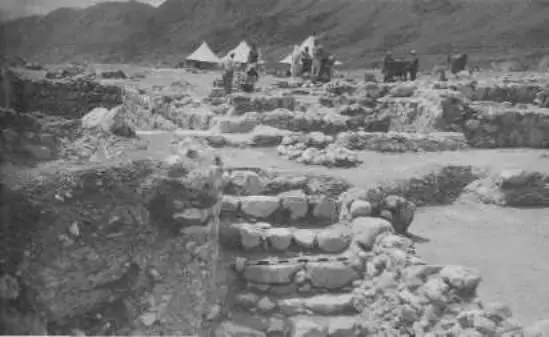
12–13. The Qumran ruins during one of the excavations led by Father de Vaux and Gerald Lankester Harding.
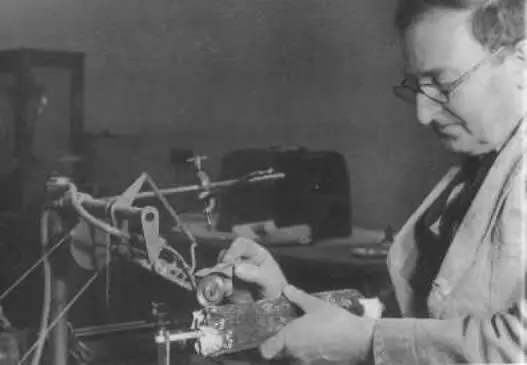
14. Professor H. Wright Baker of Manchester University cutting the ‘Copper Scroll’ into segments in order for it to be translated. It proved to contain a list of treasures from the Temple of Jerusalem.
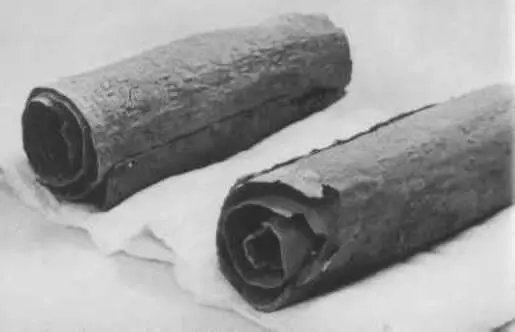
15. The unopened ‘Copper Scroll’, found broken into two sections in Cave 3 in 1952.
Among the scholars of Father de Vaux’s original international team, perhaps the most dynamic, original and audacious was John Marco Allegro. Certainly he was the most spontaneous, the most independent-minded, the most resistant to suppression of material. Born in 1923, he saw service in the Royal Navy during the war and in 1947 — the year the first Dead Sea Scrolls were discovered — entered Manchester University as an undergraduate studying Logic, Greek and Hebrew. A year later, he transferred to the honours course in Semitic Studies. He also developed an interest in philology, the study of the origins of language, its underlying structure and development. Bringing his philological expertise to bear on biblical texts, he quickly became convinced that scripture could not be taken at face value and proclaimed himself an agnostic. In June 1951, he graduated with a BA, first-class honours, in Oriental Studies, and the following year received his MA for his thesis, ‘A Linguistic Study of the Balaam Oracles in the Book of Numbers’. In October of that year, he enrolled in the doctoral programme at Oxford under the supervision of the distinguished Semitic scholar, Professor Godfrey R. Driver. A year later, Driver recommended him for the international team then being assembled by de Vaux, and Allegro was assigned the crucial material found in Cave 4 at Qumran. He departed for Jerusalem in September 1953. By that time, he had already published four acclaimed articles in academic journals — a track record more impressive than anyone else on the team could claim.
Читать дальше
